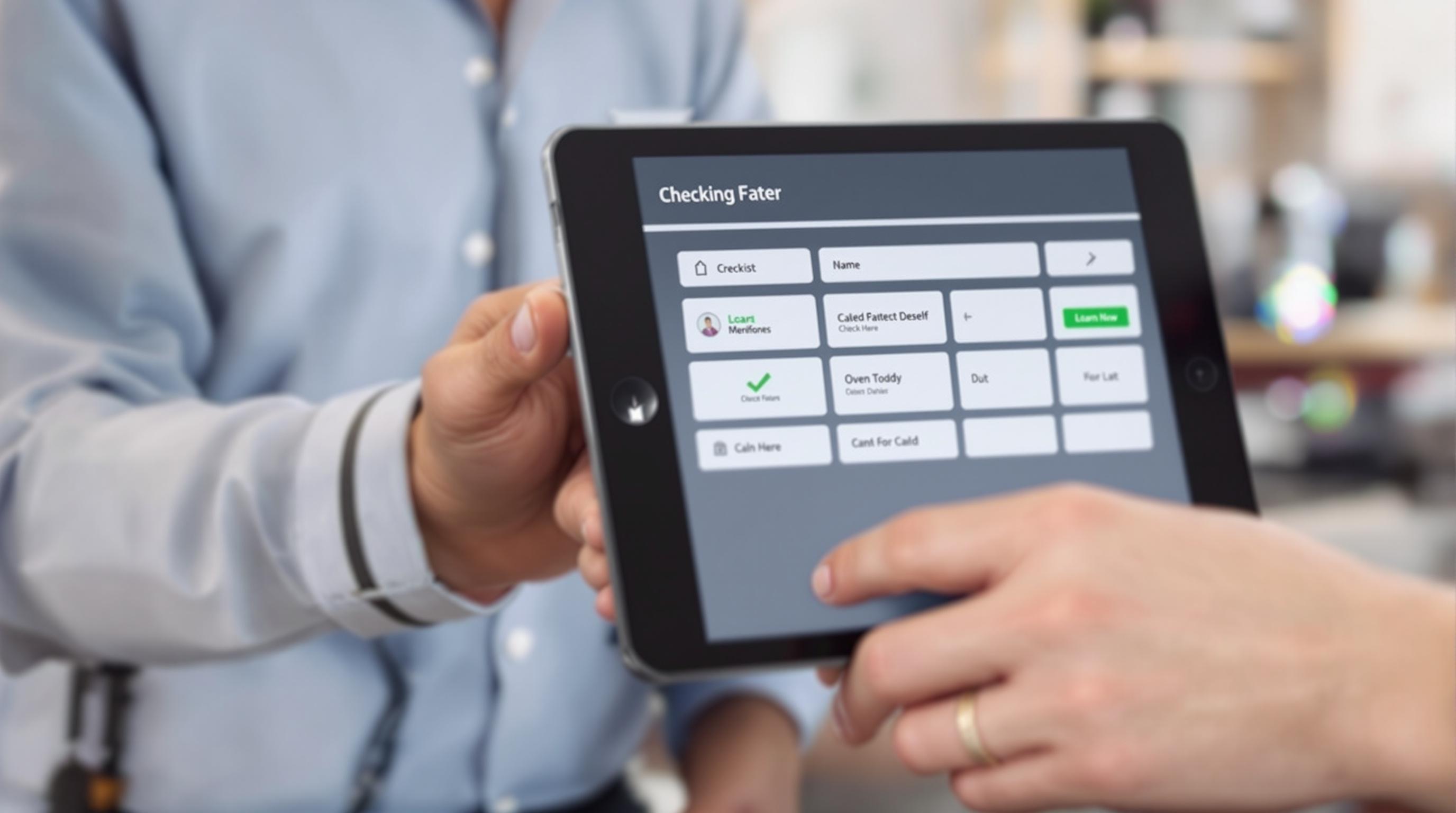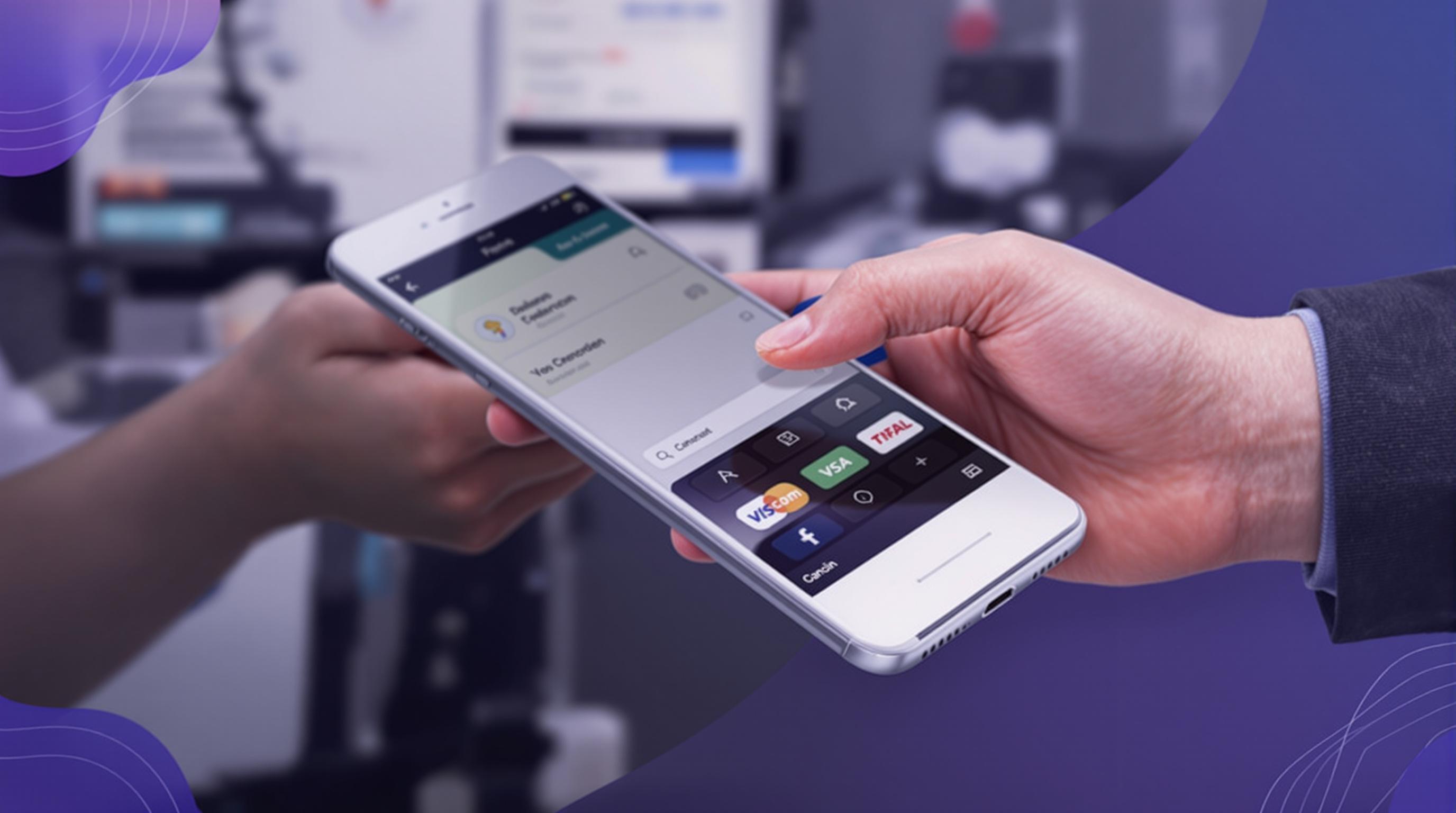Related Articles
- The Role of Quantum Encryption in Transforming Legacy Data Protection Practices for Businesses
- Top 6 AI-Powered Subscription Platforms Transforming Product Access and Affordability Since 2019
- Unseen Pitfalls: How Cognitive Overload in Finance Audits Undermines Checklist Effectiveness and Decision Quality
- The Silent Impact of Global Fiscal Shifts on Local Tax Date Practices No One’s Talking About
- How Cultural Narratives Shape Personal Budgeting: Unseen Influences Behind Financial Template Choices
- Top 6 Underrated Payment Tools Released Since 2019 Changing How Stores Handle Transactions
Top 8 Next-Gen Checkout Platforms Released Since 2019: In-Depth Rankings and Expert Reviews
Top 8 Next-Gen Checkout Platforms Released Since 2019: In-Depth Rankings and Expert Reviews
Top 8 Next-Gen Checkout Platforms Released Since 2019: In-Depth Rankings and Expert Reviews
In an era where e-commerce continues to surge, checkout platforms play a pivotal role in shaping customer experience and ensuring seamless transactions. Since 2019, the market has witnessed the emergence of innovative next-generation checkout solutions designed to reduce cart abandonment, improve payment flexibility, and enhance security. This article delves into the top 8 next-gen checkout platforms launched during this period, providing expert insights and comprehensive rankings to guide businesses and consumers alike.
Our evaluation focuses on factors such as ease of integration, payment option variety, user experience, security features, and scalability. By analyzing customer feedback, expert reviews, and platform performance metrics, we have constructed a clear hierarchy of the most effective checkout tools suitable for different ecommerce models – from small startups to large enterprises.
Whether you're seeking to upgrade your online store's checkout journey or simply want to stay abreast of the latest innovations in payment technology, this guide offers valuable perspectives on what each platform brings to the table. Read on for detailed assessments of each contender in the rapidly evolving checkout landscape.
1. Shopify Checkout (2020 Update)
Shopify, a leader in ecommerce ecosystems, released a significant overhaul of its checkout system in 2020 aimed at streamlining payment processes and integrating advanced fraud detection. The updated platform supports accelerated checkout with Shopify Pay, enabling repeat customers to complete purchases swiftly across multiple stores.
Shopify Checkout's strength lies in its seamless integration with the Shopify ecosystem, offering merchants access to dozens of payment gateways worldwide. The mobile-first design ensures consistent performance across devices, reducing cart abandonment rates substantially—industry reports suggest improvements up to 18% post-update (Source: Shopify Merchant Insights, 2021).
Our experts praise Shopify Checkout for balancing user-friendly interfaces with technical sophistication. However, the platform's advanced features often require merchants to subscribe to higher Shopify tiers, which may deter small vendors with limited budgets.
2. Stripe Checkout (Launched 2019)
Stripe Checkout emerged as a game-changer by offering a pre-built, customizable payment page optimized for conversion and compliance. Since its 2019 launch, it has focused on reducing friction through localized payment options, including support for over 135 currencies worldwide.
One standout feature is Stripe Checkout’s automatic handling of regulatory and tax compliance, which simplifies operations for merchants selling internationally. Additionally, it incorporates secure payment methods such as Apple Pay, Google Pay, and international wallets, making it an all-in-one solution highly regarded by developers and business owners.
Industry reviews highlight Stripe Checkout’s robustness and scalability, making it suitable for startups and enterprises. Its only notable limitation is the lack of native support for some regional payment types without third-party integrations (Source: Stripe Documentation, 2022).
3. PayPal Commerce Platform (2019 Release)
PayPal revamped its commerce offerings in 2019, introducing the Commerce Platform geared toward modernizing checkout experiences by integrating PayPal, Venmo, and credit card payments. This platform prioritizes buyer trust and security, leveraging PayPal’s ubiquitous brand recognition.
The platform supports multi-currency transactions, fraud protection, and facilitates easy onboarding for merchants with minimal technical overhead. PayPal’s strength lies in its widespread consumer adoption, lowering barriers for buyers hesitant about online payments.
Experts note PayPal Commerce Platform performs admirably in delivering a familiar checkout experience but can face criticism for comparatively higher transaction fees. Nonetheless, its integration simplicity and global reach make it a reliable solution.
4. Bolt Checkout (2020 Launch)
Bolt Checkout positions itself as a one-click checkout platform emphasizing speed, user retention, and increased conversion rates. Since its 2020 debut, it has attracted attention for integrating sophisticated fraud protection and a patented one-click purchase system without mandatory account creation.
The platform boasts fast deployment with plug-and-play options for popular ecommerce platforms such as Magento and Shopify. Bolt’s ability to reduce checkout time correlates with industry data suggesting an average conversion rate uplift of 26% among its users (Source: Bolt Case Studies, 2021).
Despite its advantages, Bolt’s relatively new entry means it currently supports fewer payment methods compared to legacy platforms, though its roadmap indicates plans for more integrations soon.
5. Fast (Discontinued 2022, Launched 2020)
Fast was a prominent next-gen checkout platform known for its pioneering passwordless, one-click checkout experience. Launched in 2020, it quickly gained traction because it eliminated friction by allowing customers to complete purchases without filling out forms or creating accounts.
Its technology aimed to redefine payment convenience with multi-device synchronization, enhancing user loyalty. However, despite promising features, Fast ceased operations in 2022 due to funding challenges, leaving a notable void in the market for frictionless checkout solutions.
Though discontinued, Fast’s innovations prompted competitors to accelerate the development of seamless checkout experiences, influencing the broader industry trajectory significantly.
6. Amazon Pay (Revamped 2019-2021)
Amazon Pay underwent significant updates between 2019 and 2021, enhancing its capabilities to support voice shopping, one-click buying, and streamlined checkout flows across various merchants. Leveraging Amazon’s extensive customer base, it offers a familiar and trusted payment option.
The platform makes use of advanced machine learning to detect fraud and reduce false declines, ensuring higher transaction success rates. Additionally, it supports multi-device purchases and buyer protection, further reinforcing customer confidence.
Analysts commend Amazon Pay for its seamless integration within Amazon's ecosystem but note the platform may not be an ideal standalone solution for merchants outside Amazon’s marketplace unless carefully customized.
7. Square Online Checkout (Released 2020)
Square introduced its Online Checkout system in 2020, targeting small businesses and service providers by offering easy-to-create payment links and buttons that enable fast checkout without needing a full ecommerce site. This makes it ideal for social selling and gig economy transactions.
With integration to Square’s POS and inventory systems, online checkout provides real-time synchronization across sales channels. The platform also supports gift cards and tipping, broadening its appeal for retail and hospitality sectors.
Experts appreciate Square Online Checkout’s simplicity and affordability, particularly for SMBs, though its feature set remains less comprehensive compared to enterprise-grade checkout platforms.
8. Adyen Checkout (Expanded Features Since 2019)
Global payment processor Adyen significantly enhanced its Checkout platform since 2019, focusing on unified commerce experiences across online, mobile, and in-store channels. Adyen supports a wide array of payment methods and currencies, emphasizing localization and customization.
Its advanced risk management capabilities and real-time data analytics empower merchants to optimize conversions and reduce fraud. Additionally, Adyen Checkout’s modular architecture allows businesses to tailor payment flows to specific customer journeys.
Industry professionals highlight Adyen’s scalability and robustness, though the platform requires technical expertise for optimal implementation, making it better suited for mid-to-large enterprises (Source: Adyen Developer Resources, 2023).
Conclusion: Choosing the Right Next-Gen Checkout Platform
Selecting an ideal checkout platform depends heavily on business size, geographic reach, customer preferences, and technical capacity. Platforms like Shopify Checkout and Square Online Checkout provide accessible solutions for small to medium-sized merchants, while Stripe and Adyen cater to highly scalable environments with sophisticated requirements.
Meanwhile, the rise and fall of innovations such as Fast demonstrate the sector's rapid evolution and the growing consumer demand for frictionless experiences. Meanwhile, trusted brands like PayPal and Amazon continue to leverage their widespread adoption to offer reliable payment options.
Ultimately, businesses must balance cost, functionality, and integration ease with their strategic goals. Continued advancements and partnerships between payment platforms and ecommerce ecosystems will further redefine the checkout experience in the years ahead.




